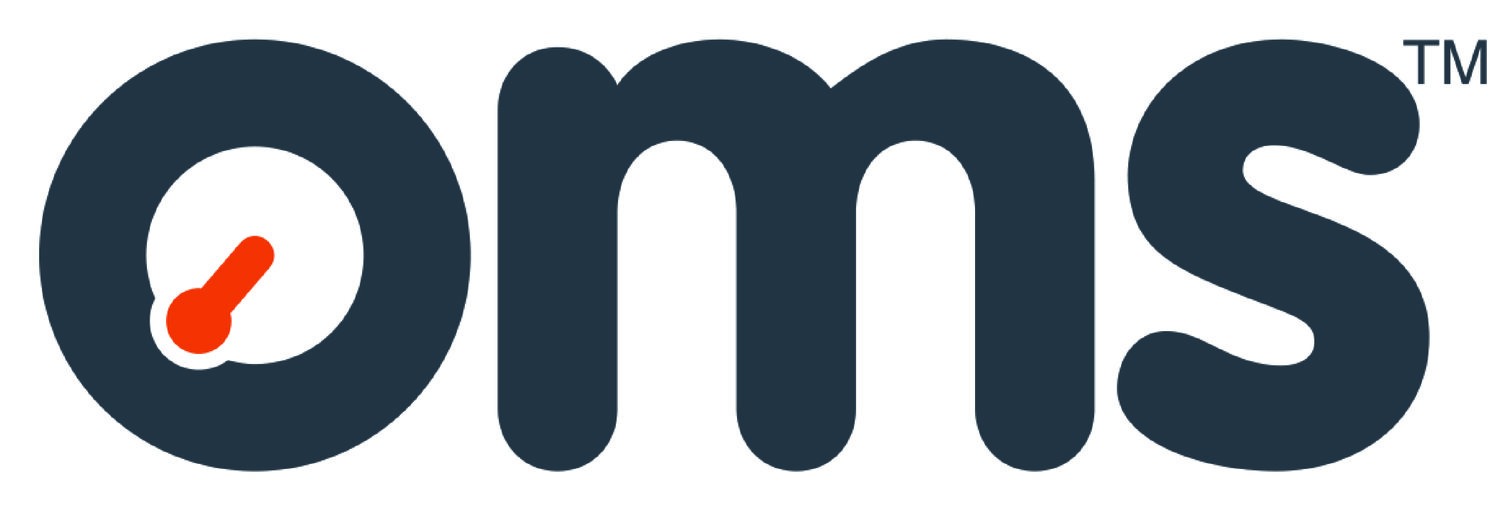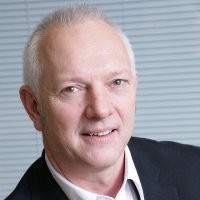Why Shell told us to take the high ground
The best advice I ever received was given to me by Mark at Shell in 2006 who told me to take the high ground and come over to the US and offer our pipe end measurement service directly. I had set-up my business in 2004 and after two large jobs measuring pipes, we were asked to measure some pipes in Texas that had already been inspected. The reason for the second measurements provide the background to the advice.
The company who measured the pipes used Vernier calipers to measure the internal diameters (ID) of the pipe.
Example of calipes in use
They had done a good job in marking out the pipe and apart from not being very good with trapping measurement errors there was a fundamental problem in that it had not been noticed that every diameter measurement was independent from the next. In other words, any lack of symmetry of the shape would not be detected. While it might appear that knowing the maximum and minimum and average diameters would be useful in this case it was not of any use at all. The pipes had to be joined with the smallest possible difference in shape between each pipe – around 0.5 mm. However, the pipes had asymmetric features of up to 2 mm.
Example of deviations in the shape of the pipe end using diameter measurements
By using the Vernier method, the pipe fit-up would have been so bad that it would have resulted in the failure of the company to put the pipe into the water at a cost of many $M.
Fortunately, we had developed our laser technology, the OMS AutoTool that within seconds could measure the entire shape of the pipe end in detail. With the accurate shape detail, we were able to mathematically calculate the best fit of the pipes if they were all put together in the right sequence. Even when all of this was done correctly to the highest level of accuracy, we could provide the pipes only just came together within the specification required for the project. In order to make me fully responsible for this prediction the client required me to get trained and go offshore in the Gulf of Mexico and witness the pipelaying and be ready to help if any pipe did not fit-up as well as expected. Fortunately, I spent a happy week offshore with nothing to do and the subsequent analysis of the work showed it had all worked perfectly.
In a corridor in one of the Shell’s building in Houston I chatted to Mark who reflected on what we had just achieved, and the lessons learned. I told him we were considering licensing our technology to the company that had provided the Vernier measurements and his reaction was. “You can do what you wish but my advice would be to take the high ground, come over here and offer the service directly”. He intimated he had lost faith in the other supplier and they did not provide the kind of confidence he needed.
We were a long way along the route of developing a relationship with the Vernier company and had shared visits to their site and ours in the UK. Although their comparison of their technology and ours was “Fred Flint Stone” vs “Star Trek”, they had not moved very quickly and had not painted a very optimistic picture of the future work that was likely. In the end we decided that the culture change was too much and that we would take Mark’s advice. Over the next years we grew massively from the small three-person business we were then to the point where we were able to execute multiple projects in far flung parts of the world simultaneously with sometimes 20 operatives in the field at the same time.
OMS pipe end measurement in the field




